How can AI help deliver on the circular economy?
It is time to return to the traditional values of a circular economy. AI can help.

Prior to 1920, it was more common to buy well-made items and repair them. Over time, however, contemporary societies have come to thrive on the cost and availability advantages of the 'take-make-dispose' linear economy. As a result, successive generations have grown accustomed to expendability, with infrastructure geared towards supplying products that, in many cases, are designed for obsolescence. It is time to return to the traditional values of a circular economy. Our current linear approach is proving to be unsustainable—both environmentally and economically.
The circular economy is a model built on the principle of reusing, repairing, refurbishing and recycling to extend the lifecycle of products and raw materials. Take modern supply chains, for example, where linear thinking typically translates into systems optimized for throughput rather than sustainability. As every consumer has experienced, overproduction is commonplace as manufacturers and retailers prioritize forecasted demand. This often leads to unsold inventory, markdowns and waste.
Logistics and warehousing processes are similarly one-directional. Many are still designed to move products from source to shelf but not to process returns or products for recycling or reuse. Visibility is another key challenge, especially where supply chains lack full transparency into where materials come from, how products are used or what happens to them after disposal. As a result, companies routinely miss opportunities for recovery and resource optimization.
New rules are focusing minds
In this environment, waste becomes a by-product of operational efficiency to be managed reactively, rather than designed out from the start. Granted, global supply chains are built for scale, not sustainability, but today, this model is increasingly at odds with regulatory, environmental and commercial priorities.
Indeed, support for the underlying principles of the circular economy is no longer voluntary, with regulators increasingly active in pursuing sustainability objectives. In the EU, the Ecodesign for Sustainable Products Regulation (ESPR) is already in force, requiring manufacturers to improve product durability, recyclability and traceability and banning the destruction of unsold clothing and footwear starting in 2026.
The Corporate Sustainability Reporting Directive (CSRD) adds further pressure by mandating consistent, auditable ESG disclosures from a wide range of companies. In the US, Extended Producer Responsibility (EPR) laws are expanding, with new rules in California targeting textile and apparel waste.
Looking ahead, additional EU measures coming into effect by 2027 will restrict vague green claims and require clear information on product repairability and lifespan. Taken together, these developments reflect a broader regulatory shift: businesses must now redesign products and processes for sustainability, with full supply chain accountability.
Tech-led opportunities
These are important steps in the right direction, but at the same time, businesses must also be given the tools they need to adapt. Technology in general, and AI in particular, is playing a critical role in enabling circular supply chains. For example, tech-enabled insight and management tools can now provide end-to-end visibility, allowing companies to monitor and manage the environmental impact of their processes and supply chain partners. In practical terms, AI is also being used to help address overproduction and improve asset utilization, among other priorities, all of which help cut emissions and avoid unnecessary resource use.
But what does this look like? In the fashion and retail industry, brands are reducing overproduction with inventory planning tools that factor in seasonality, trends and localized demand patterns. In the grocery sector, retailers are using AI to forecast demand more accurately and apply dynamic pricing using electronic shelf labeling, helping to reduce food waste and improve shelf availability.
Elsewhere, reverse logistics systems are being used to recover returned goods for refurbishment or resale, while digital returns platforms are helping to eliminate packaging waste and streamline the return process. These examples demonstrate that circularity isn’t a future goal; it’s already being delivered by companies using the right mix of data, AI and operational strategy.
It goes without saying that there is still a very long road ahead. Scaling the circular economy across global supply chains needs more generalized support and increased investment. Businesses also need to embed circular thinking into core operations, backed by deeper collaboration with suppliers, particularly as regulations now demand much greater transparency across the full value chain.
At the same time, many organizations still lack the infrastructure to collect, analyze and report on sustainability data at scale. Building the digital foundations for these processes, including platforms that can aggregate supplier data and model environmental impacts, will be critical.
This is especially important as regulatory focus shifts toward Scope 3 emissions, which are the indirect environmental impacts that occur across the supply chain. Measuring and reporting on these emissions remains a challenge for many businesses, but it is fast becoming a requirement, particularly in the EU.
Looking ahead, however, there are grounds for optimism. The challenge now is less about awareness and more about implementation, and technology will be central to bridging that gap.
We've featured the best green web hosting.
This article was produced as part of TechRadarPro's Expert Insights channel where we feature the best and brightest minds in the technology industry today. The views expressed here are those of the author and are not necessarily those of TechRadarPro or Future plc. If you are interested in contributing find out more here: https://www.techradar.com/news/submit-your-story-to-techradar-pro










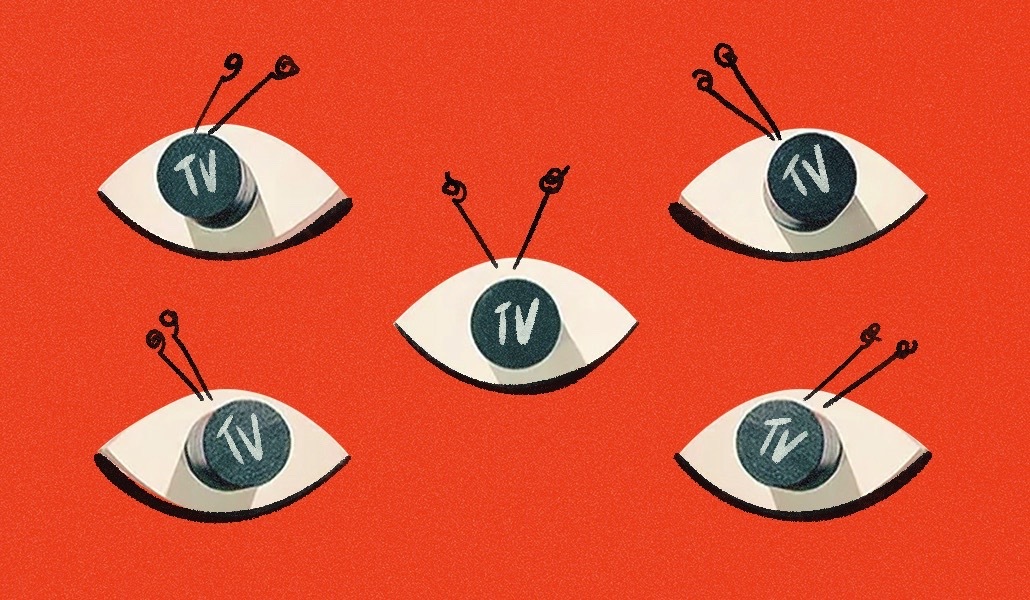












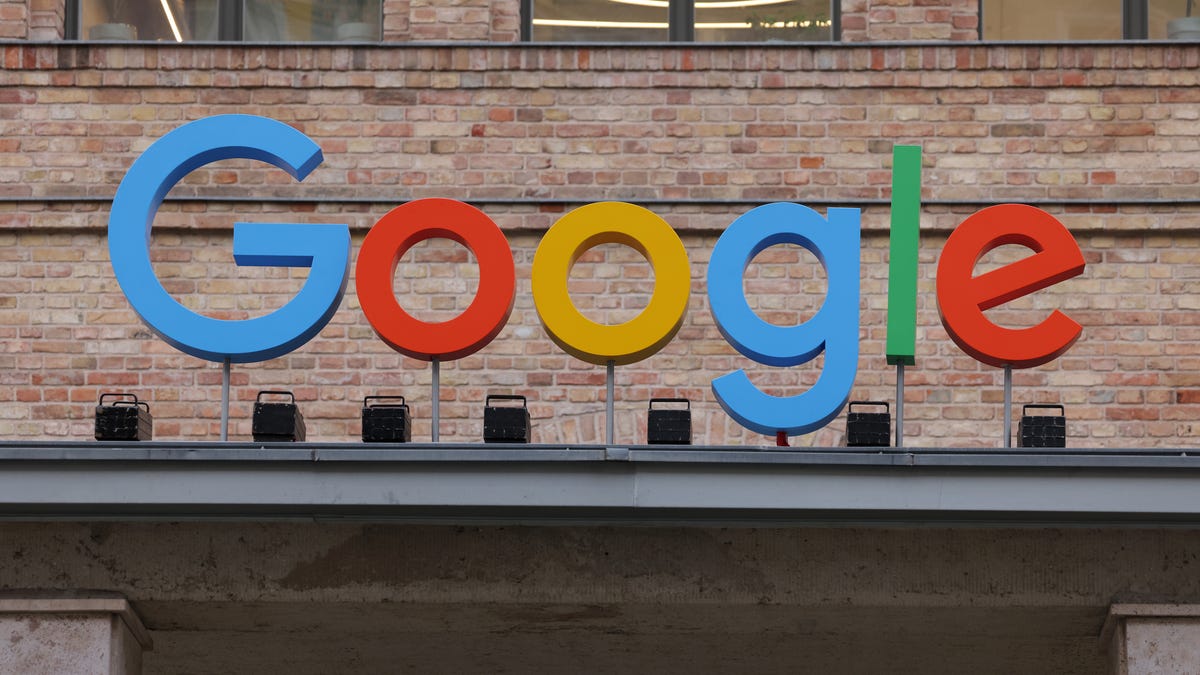
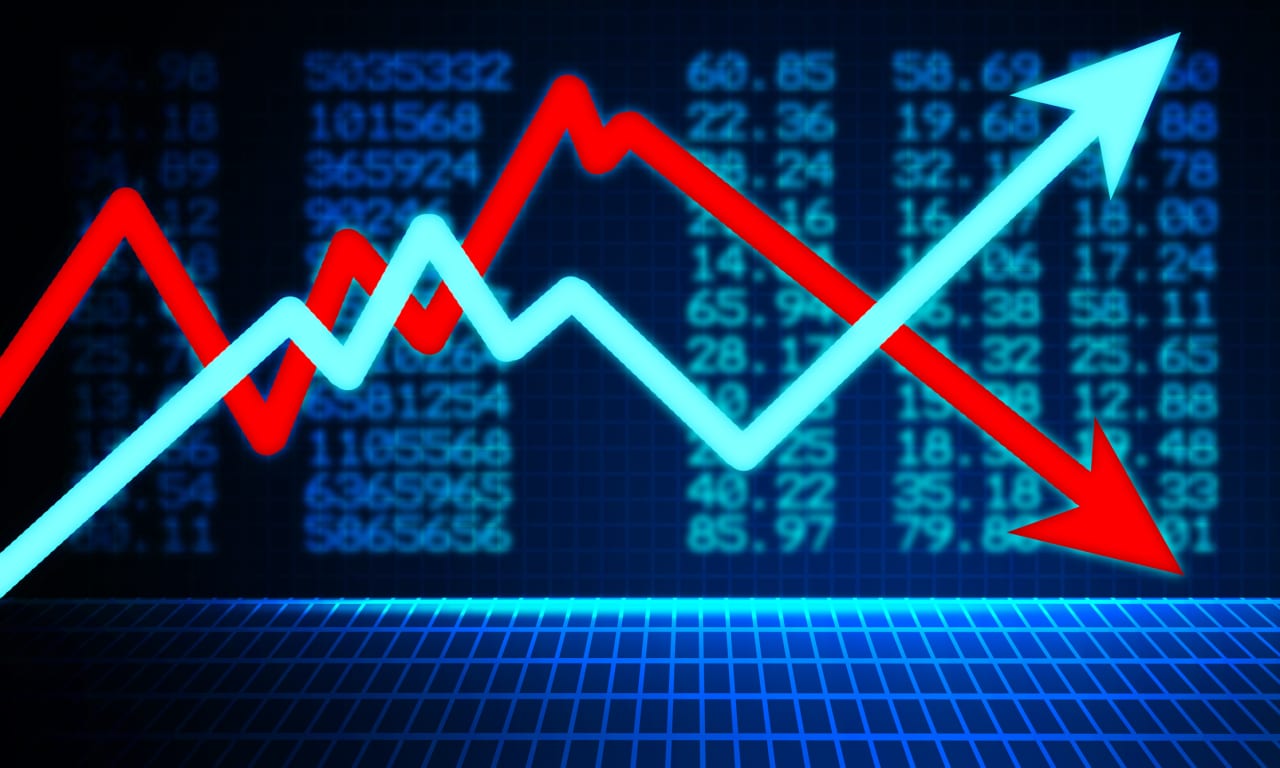























































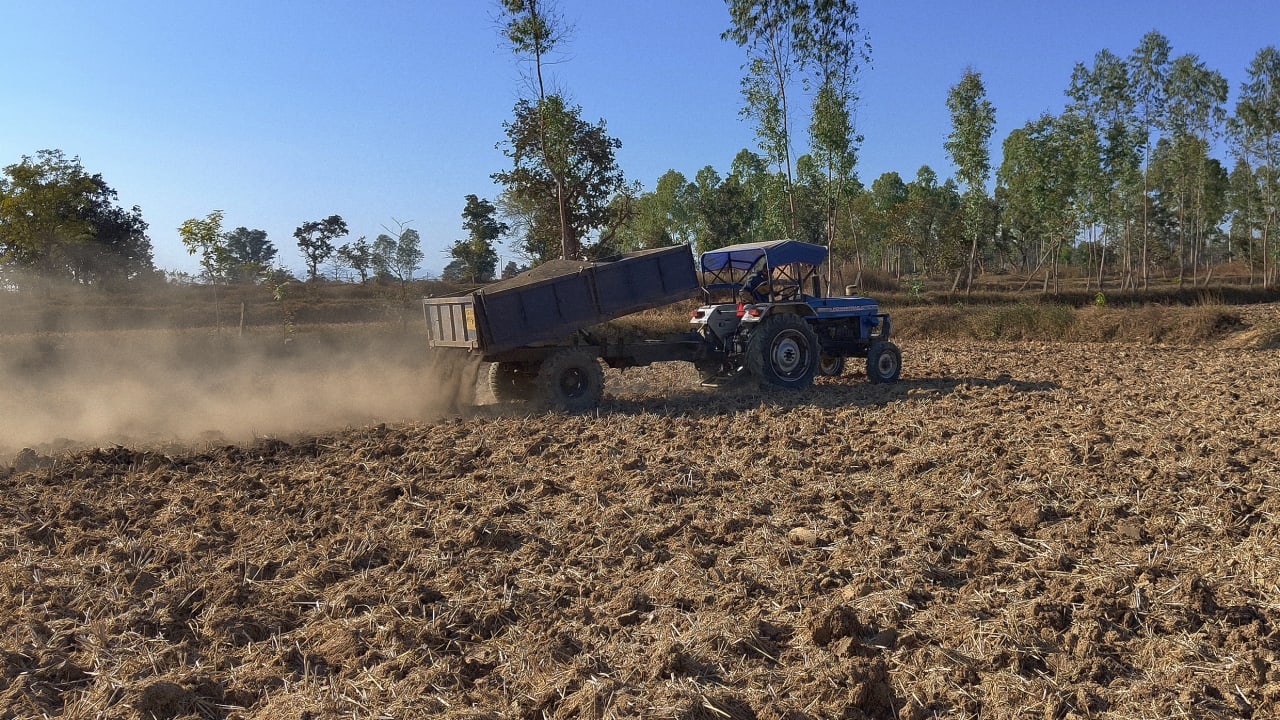





















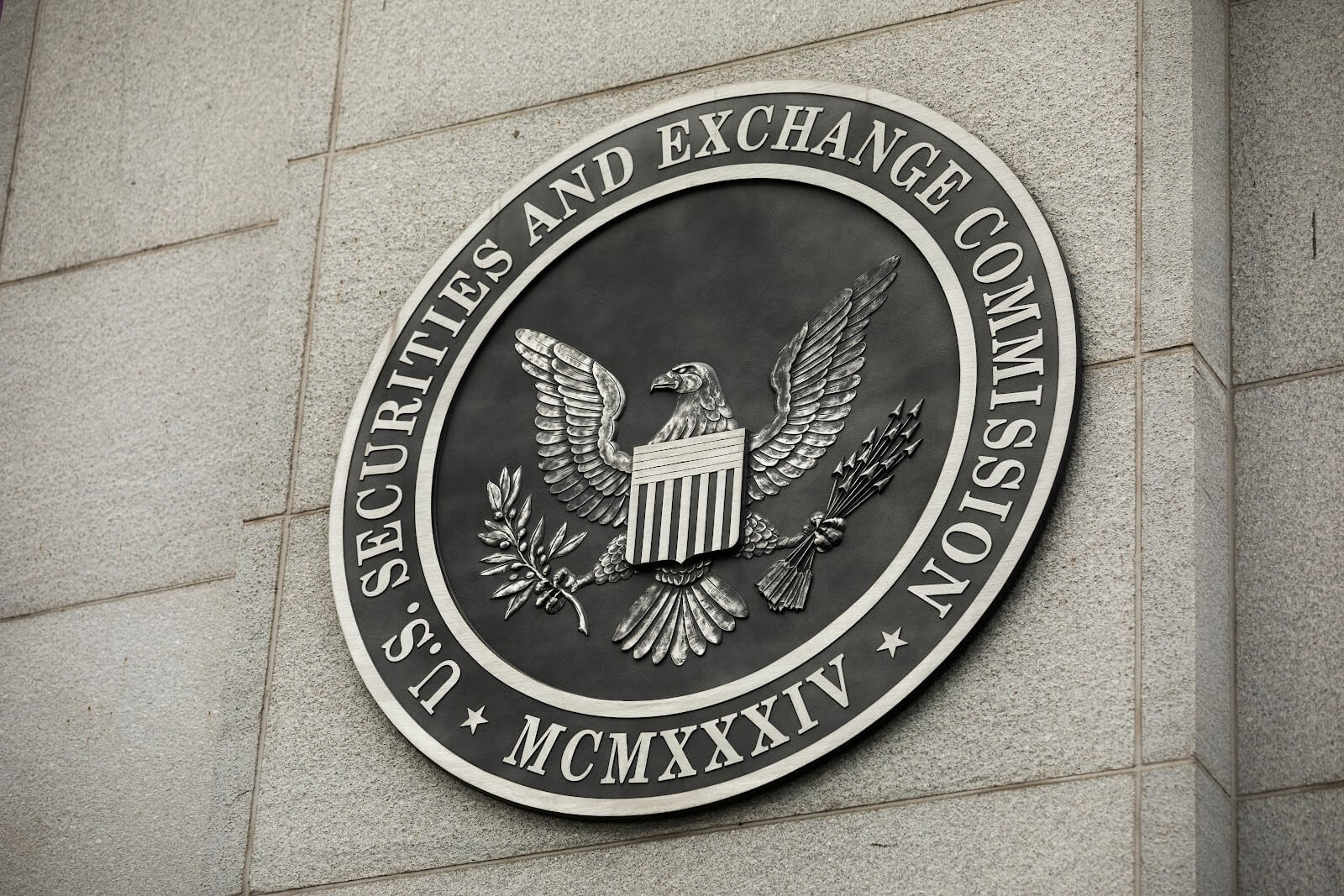











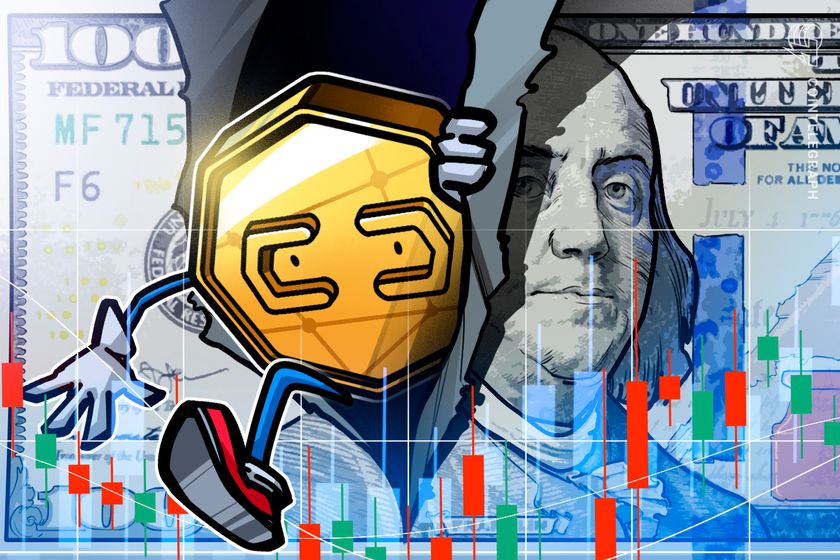
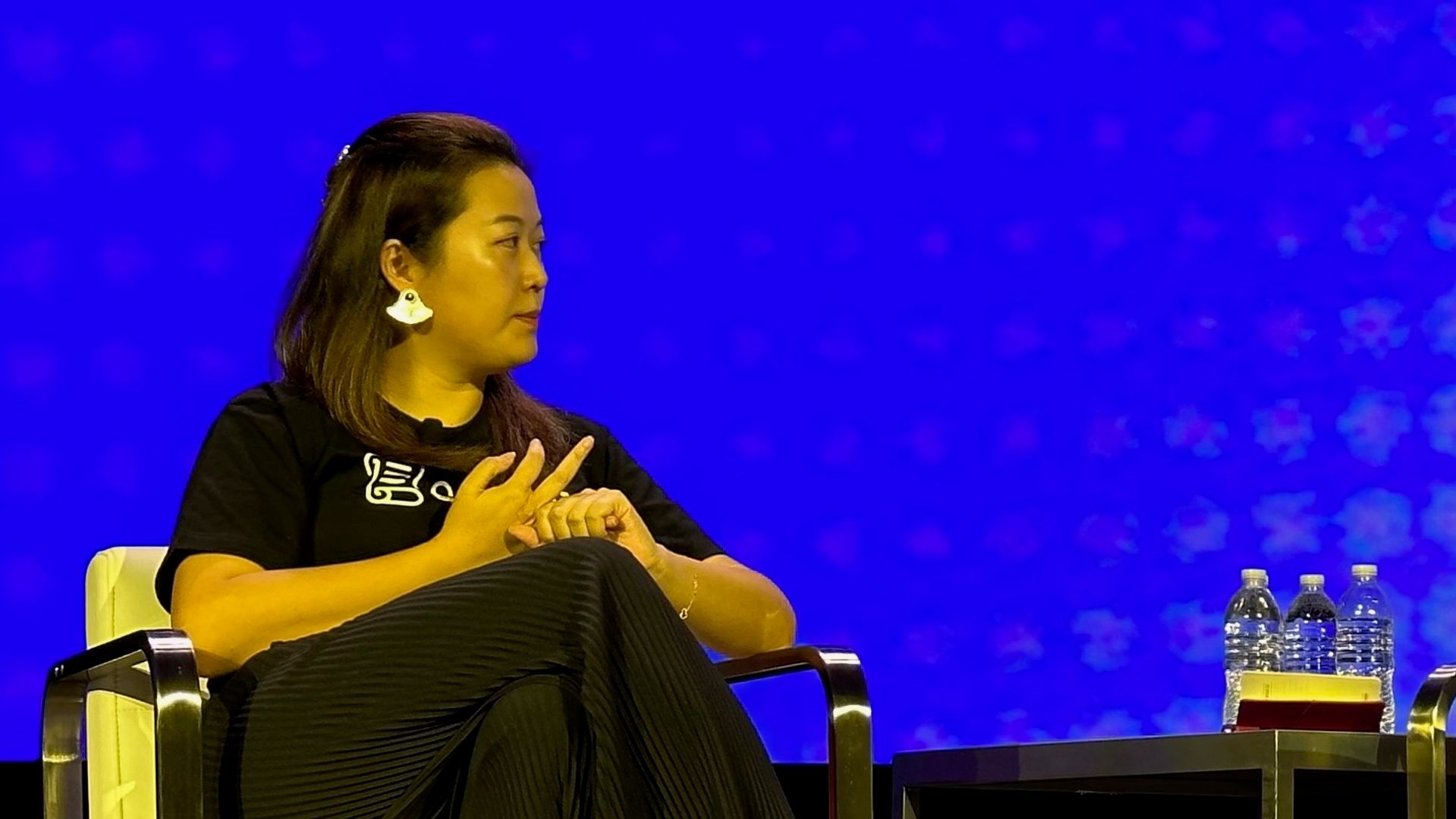




















































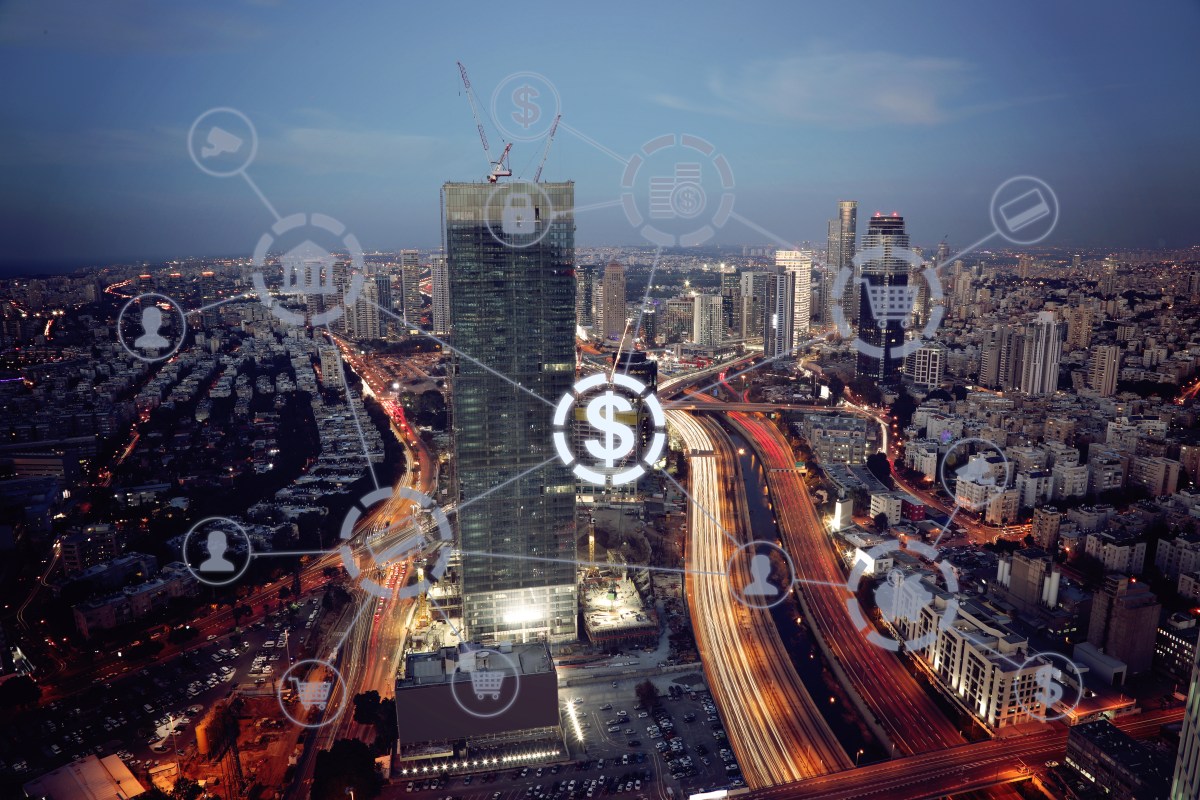


















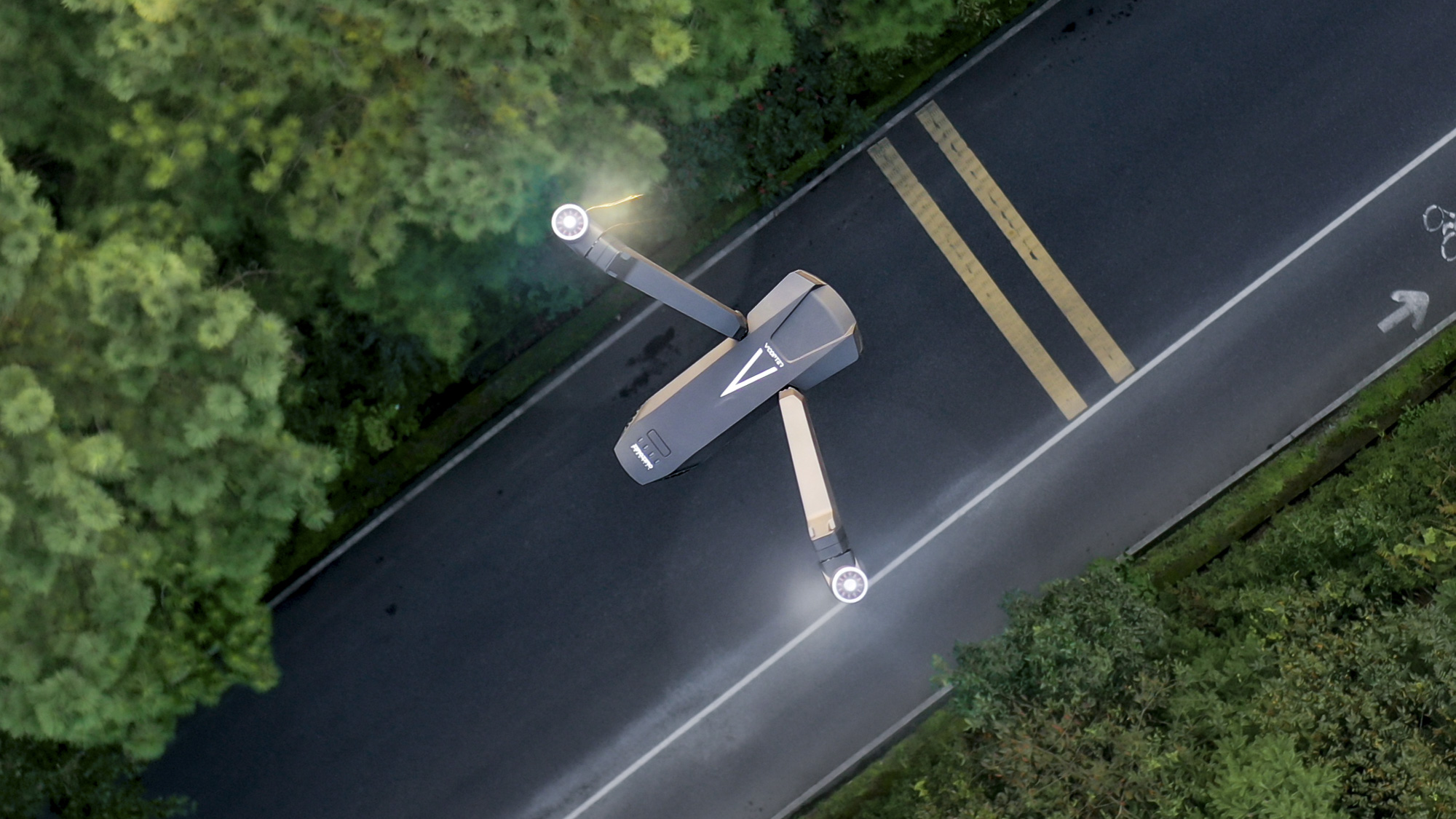





![How to Find Low-Competition Keywords with Semrush [Super Easy]](https://static.semrush.com/blog/uploads/media/73/62/7362f16fb9e460b6d58ccc09b4a048b6/how-to-find-low-competition-keywords-sm.png)
